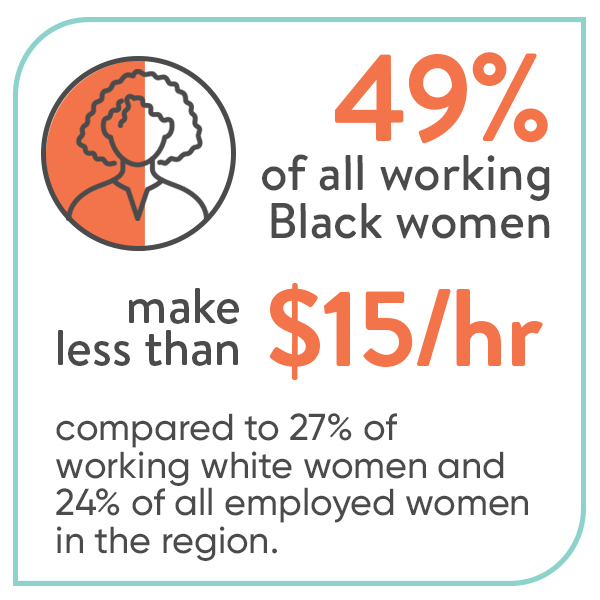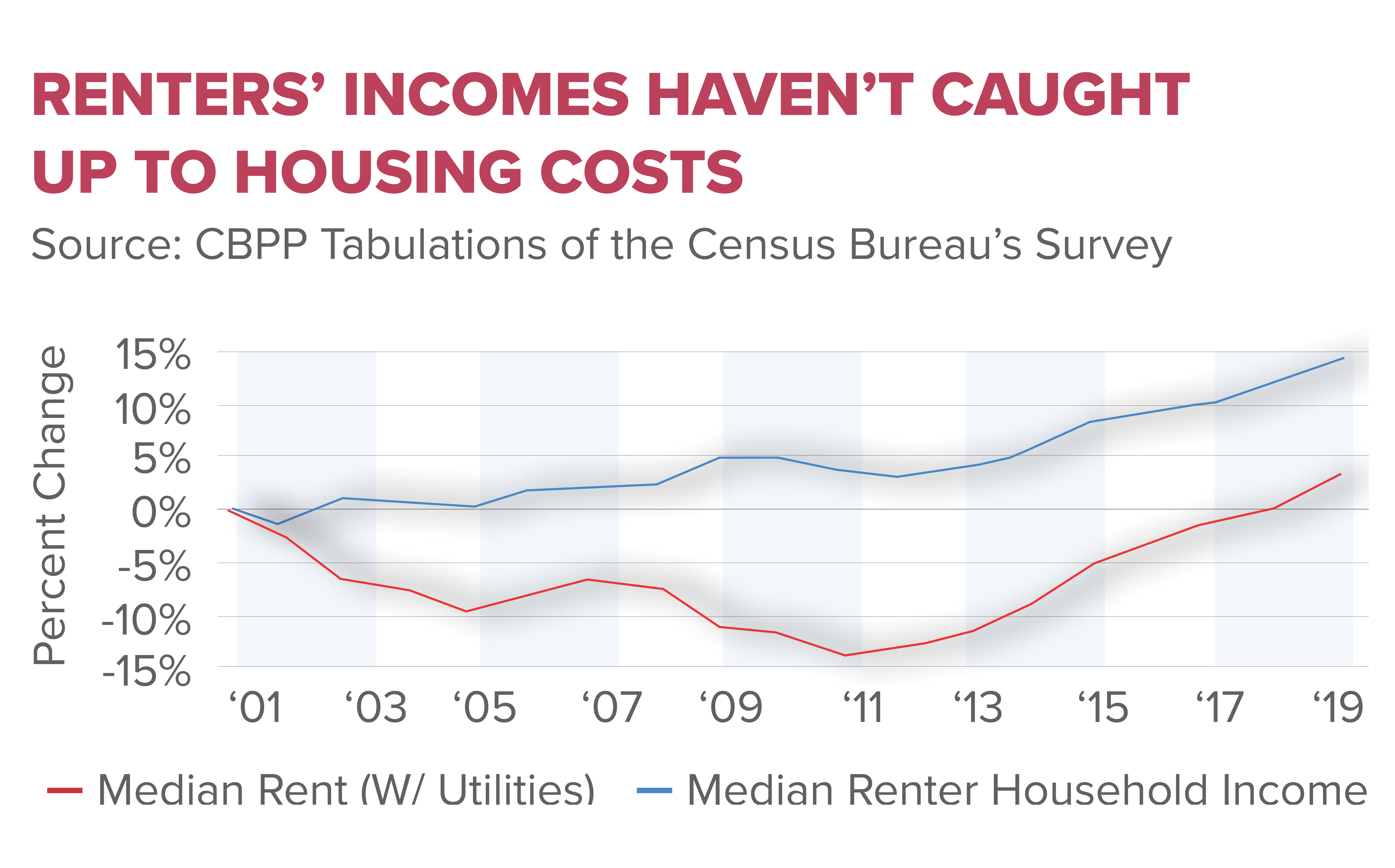
Economic Mobility for Black Americans: A Brightening Future
Economic mobility for Black Americans has seen a marked improvement in recent years, according to new findings from Opportunity Insights. This research highlights the shifting economic prospects for low-income Black families, revealing a narrowing of the earnings gap compared to their white counterparts. As historical barriers continue to wane, the outcomes for children born into low-income families illustrate a promising trend in the landscape of race gaps in economic mobility. Nevertheless, disparities still exist, particularly as the economic divide widens among white Americans, showcasing the complex interplay of societal factors. With an emphasis on intergenerational mobility research, this study underscores the evolving dynamics of economic opportunity across different demographics in the United States.
The topic of economic advancement for African Americans, particularly those emerging from low-income backgrounds, has captured increasing attention as research sheds light on their adaptive strategies and outcomes. Recent studies reveal that Black youth are not only navigating the challenges of financial hardship but are also experiencing gradual enhancements in their economic positions. This contrasts sharply with the stagnation faced by many white families in similar circumstances, as highlighted by comprehensive data analyses. Furthermore, an exploration into income disparities unveils the intricate relationship between race and economic prospects, pointing to a significant evolution in class and racial economic patterns. The findings invite a broader discussion on the vital role of supportive communities and systemic changes in fostering economic uplift and breaking the cycle of poverty.
Economic Mobility for Black Americans: Recent Trends
Recent research conducted by Opportunity Insights highlights a significant advancement in economic mobility for Black Americans, particularly those born into low-income families. The study shows that Black millennials born in 1992 are earning more in early adulthood than their Gen X counterparts born in 1978, showcasing a positive trajectory in financial prospects. Specifically, average earnings increased from $19,420 to $21,030, indicating a narrowing of the earnings gap compared to white peers. These changes point to systemic shifts that have provided some Black children with better opportunities for economic advancement.
This improvement in economic mobility for Black Americans is not uniform across the country, however. Data indicates that those residing in the Southeastern and Midwestern regions have benefited the most, reflecting the importance of geographic context in economic outcomes. As areas known for high poverty rates among Black populations begin to see economic revitalization, it underscores the role that local economies play in shaping individual futures. The implications of these findings are significant, as they demonstrate that while racial disparities remain, there is potential for increased economic equity.
Frequently Asked Questions
What recent studies indicate about economic mobility for Black Americans?
Recent research from Opportunity Insights shows that economic mobility for Black Americans has improved, particularly for those born into low-income families, compared to earlier generations. This study highlights a notable narrowing of the economic divide between the poorest Black and white Americans.
How do race gaps in economic mobility for Black Americans compare to class gaps?
The findings from Opportunity Insights reveal shrinking race gaps in economic mobility for Black Americans, accompanied by growing class gaps among white Americans. While Black Americans have shown improvements, low-income white families are experiencing stagnation or declines in earnings.
What role does childhood community play in economic prospects for Black Americans?
Childhood community significantly impacts the economic mobility of Black Americans, with studies showing that those raised in areas with strong parental employment have better long-term earnings. The Opportunity Insights research emphasizes how a thriving environment can enhance lifetime economic prospects.
What evidence is there of improvement in economic prospects for low-income Black families?
Data from Opportunity Insights indicates that low-income Black millennials earned an average of $21,030 by age 27, which marks an increase compared to their Black Gen X counterparts, who averaged $19,420. This shift suggests better economic outcomes for children from low-income Black families.
How does intergenerational mobility research affect economic mobility for Black Americans?
Intergenerational mobility research highlights the long-term impacts of socioeconomic factors on economic mobility for Black Americans. The Opportunity Insights study indicates that recent trends show a reduction in the likelihood of remaining in poverty for Black children born into low-income families, demonstrating a shift in upward mobility.
What are the geographic disparities affecting economic mobility for Black Americans?
The Opportunity Insights study found that Black Americans, particularly in the Southeast and Midwest, are experiencing greater improvements in economic mobility. These regions, traditionally linked with high poverty rates among Black communities, show significant economic progress for younger Black generations.
What factors contribute to the widening gap in economic mobility between high and low-income families?
The widening gap in economic mobility can be attributed to shifts in employment geography and the declining earnings of low-income families. The Opportunity Insights study indicates that while Black Americans are improving their economic prospects, low-income whites are experiencing decreased earnings, leading to a growing economic divide by class.
Why is the Opportunity Insights study significant for understanding economic mobility for Black Americans?
The Opportunity Insights study is significant because it provides comprehensive data over four decades, illustrating changes in economic mobility for Black Americans. It demonstrates progress in reducing racial earnings gaps while highlighting emerging challenges related to class disparity.
| Key Findings | Details |
|---|---|
| Economic mobility for Black Americans has improved. | Black millennials (1992 cohort) earn an inflation-adjusted average of $21,030 at age 27, compared to $19,420 for Black Gen Xers (1978 cohort). |
| Earnings for low-income white Americans have decreased. | White Gen Xers averaged $27,680, while millennials averaged $26,150, indicating declining financial prospects among lower-income whites. |
| Racial income gaps are narrowing but class gaps are widening. | The racial earnings gap for Gen Xers was $12,994, reduced to $9,521 for millennials. However, income inequality among whites increased by 28%. |
| Neighborhood employment influences economic outcomes. | Communities with higher adult employment rates saw better outcomes overall, benefiting children of all races. |
| Long-term trends influence modern mobility. | Childhood environment has lasting effects, with improved mobility associated with growing up in areas with strong parental employment. |
Summary
Economic mobility for Black Americans shows significant improvements in recent years, especially for millennials compared to previous generations. This trend indicates that the challenges of intergenerational poverty among Black communities may be lessening, driven by stronger childhood environments and economic conditions. Yet, the widening divide among low- and high-income white families highlights the complexities of economic mobility across racial lines, necessitating continued focus on equitable economic policies.


